Understanding Cellulose Insulation
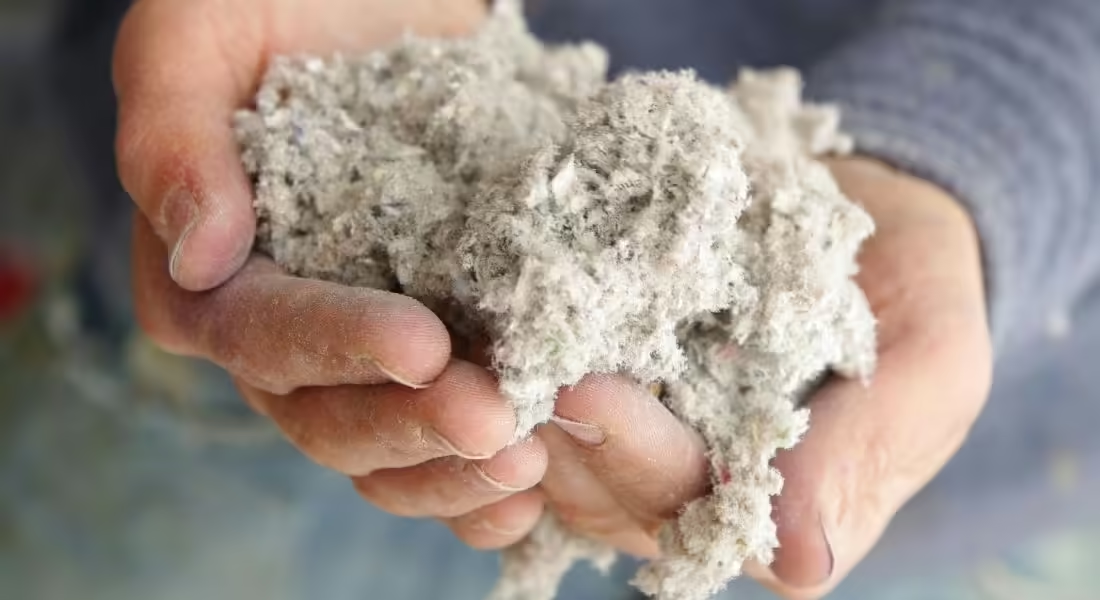
If you’re interested in insulating your home or commercial area, there are many different materials fit for the job. One such effective insulating agent is cellulose. Cellulose insulation is the oldest form of home insulation and has been widely used in homes and other structures since the 1950s. Because of its many attractive benefits, such as reduced noise transmission and long-term energy savings, it has remained a popular insulation choice to this day. To gain a better understanding of cellulose insulation and determine if it is the right insulation choice for your home, continue reading.
What Is Cellulose Insulation?
Cellulose insulation is an insulating agent that is composed primarily of recycled materials. Roughly 70 to 80 percent of cellulose insulation consists of waste paper products, such as recycled newspaper or cardboard. The remaining percent of cellulose insulation consists of a variety of fire-retardant chemicals, such as borax, boric acid, sodium borate, and ammonium sulfate. Such chemicals aren’t known to have any adverse health or safety effects.
Understanding How Cellulose Insulation Works
When installed correctly, cellulose insulation effectively insulates a home by creating a physical heat barrier over the area it is applied. Because the layer of cellulose insulation has very few air pockets, it is difficult for heat to travel through the material. As such, the cellulose helps block the transfer of heat into and out of a space.
Types of Cellulose Insulation Installation Methods
There are several different types of cellulose insulation to choose from. Three of the most popular options include blown-in, wet spray, and dense-pack cellulose.
Blown-In Cellulose
Blown-in cellulose insulation is the most common type of cellulose insulation method used in homes. It involves blowing the cellulose insulation into an area via a long, flexible tube to fill cavities or serve as a supplemental blanket over existing insulation.
Wet Spray Cellulose
Water and a binder compound are added to the cellulose insulation. The insulation is then sprayed onto the components of a building. The water and binder compound allows the insulation to stick to the area it is sprayed onto, which helps insulate and seal the space at the same time.
Dense-Pack Cellulose
As its name suggests, dense-pack cellulose involves packing as much cellulose insulation into a space as possible. The increased density of dense-pack cellulose generally yields a higher R-value than other application methods.
Benefits of Cellulose Insulation
Cellulose insulation offers numerous advantages to homeowners, which have allowed it to withstand the test of time. Some of the main benefits of cellulose insulation include:
- Acts as an effective sound barrier: Cellulose doesn’t just prevent the transfer of heat throughout a home; it also helps reduce the transmission of noise. Because it blocks out unwanted outside noises and prevents sound from traveling throughout different rooms of your home, cellulose is a great insulation option.
- Enhances the R-value of a space: Loose fill cellulose insulation has a quality R-value of around 3.2 to 3.8 per inch, which is roughly one point higher than loose fill fiberglass. By increasing the R-value of a space, cellulose insulation can help homeowners enjoy substantial energy savings when heating or cooling their homes.
- Eco-friendly: Cellulose consists primarily of recycled materials, which makes it one of the most eco-friendly insulation materials on the market. In addition, by serving as an effective insulating agent, cellulose can reduce the total energy usage in a home, further benefiting the environment.
- High flame resistance: Because of the many fire-retardant chemicals that cellulose insulation is treated with, the insulating agent has a high flame resistance.
- Prevents pests: The chemicals that cellulose insulation is heavily treated with don’t just act as fire-resistant agents; they are also effective for helping prevent pest infestations. Such chemicals are toxic to pests, which can help stop infestations in areas where cellulose is installed.
- Controls mold: In addition to preventing pest outbreaks, cellulose insulation can also help prevent outbreaks of mold. Because of the chemicals that cellulose is treated with, mold is unable to grow and spread on the insulation material.
Drawbacks of Cellulose Insulation
In addition to outlining the benefits that cellulose insulation can offer, it is also important to address potential drawbacks in order to make an informed decision about which insulating material to use in your home. Some of the main downsides to insulating your home with cellulose include:
- Lifespan: In comparison to other types of insulation, such as spray foam insulation, which can last a lifetime when installed correctly, the lifespan of cellulose insulation is relatively short. Generally, cellulose insulation will need to be replaced around 20 to 30 years following installation.
- It isn’t waterproof: While cellulose insulation is water-resistant, it isn’t waterproof. As such, if your home experiences any leaking or flooding, your cellulose insulation could become damaged, and its R-value may be significantly reduced.
Where to Install Cellulose Insulation
Cellulose insulation can be installed in a wide variety of different areas in the home. Some of the most common places to install cellulose insulation include attics and new open walls. Cellulose insulation is also one of the few types of insulation that can be added to walls that are already finished. Rather than having to pull down the drywall on a finished wall, cellulose can simply be injected into the wall.
Should You Install Cellulose Insulation in Your Home?
Cellulose insulation is ideal, as it’s a beneficial and safe type of insulation s approved by all building codes. Ultimately, the decision of whether to install cellulose insulation will depend on your personal preferences. If you are interested in an effective insulation material that will block heat transfer and noise and will prevent mold and pest outbreaks, cellulose is a great choice. However, if you would prefer longer-lasting insulation, then closed- or open-cell spray foam insulation may be a more advantageous option.
If you decide that cellulose insulation is right for your home, Paragon Protection will ensure that it is installed correctly so that you can enjoy all the benefits that it has to offer. Paragon Protection is a leading insulation installation company in the Chicago area. We specialize in expertly installing a wide variety of insulation materials, such as cellulose, fiberglass, mineral wool, and spray foam insulation. In addition, we also install spray foam roofing systems in Crystal Lake and the greater Chicago area. For more information regarding our services, contact us today.
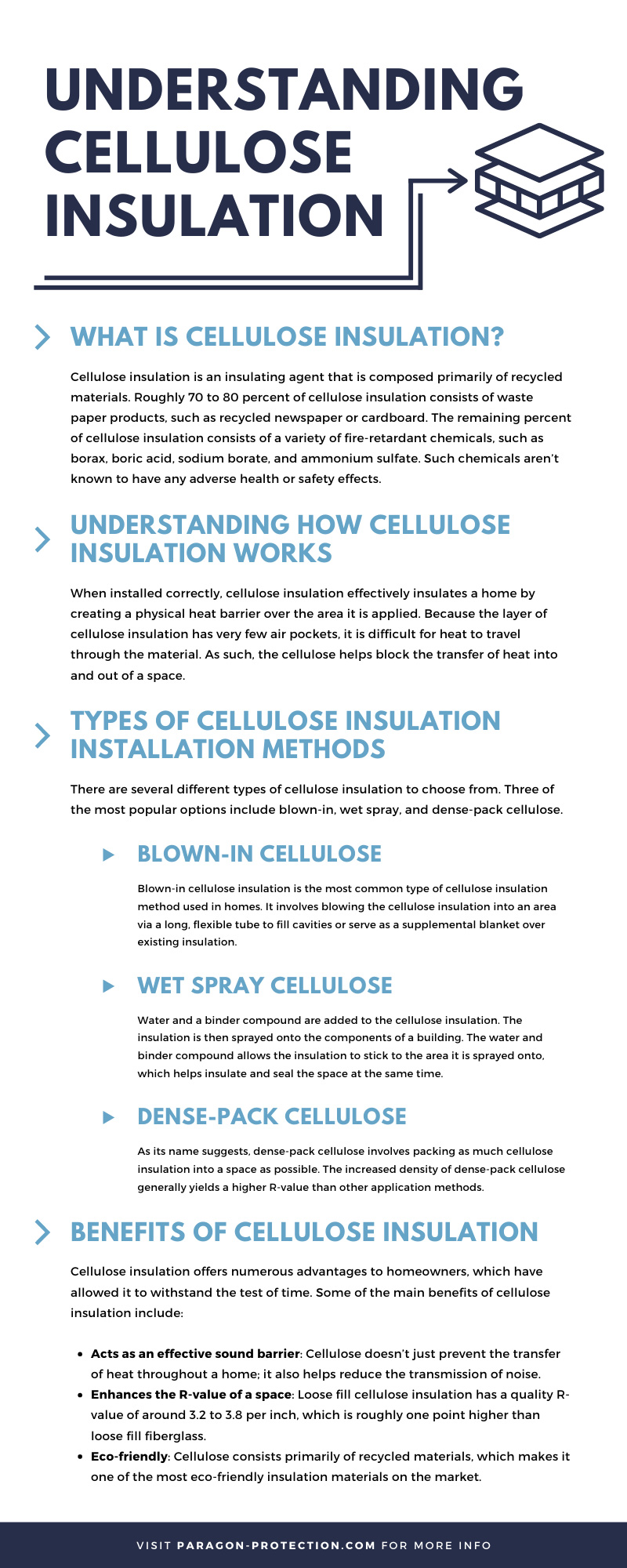

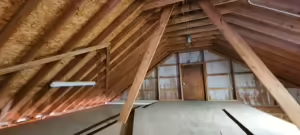
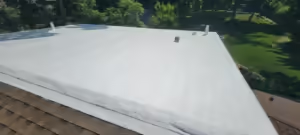
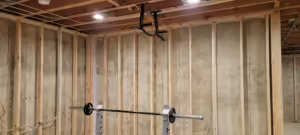
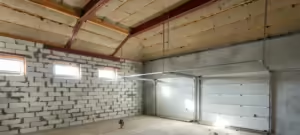

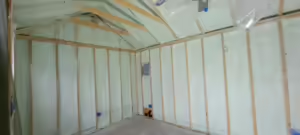
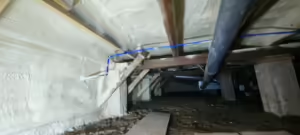
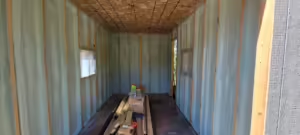
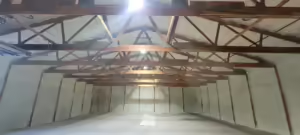
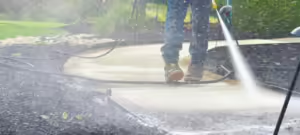
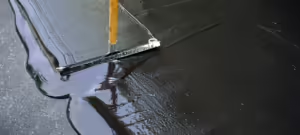
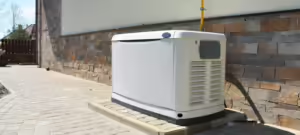
 Professional Insulation Services
Professional Insulation Services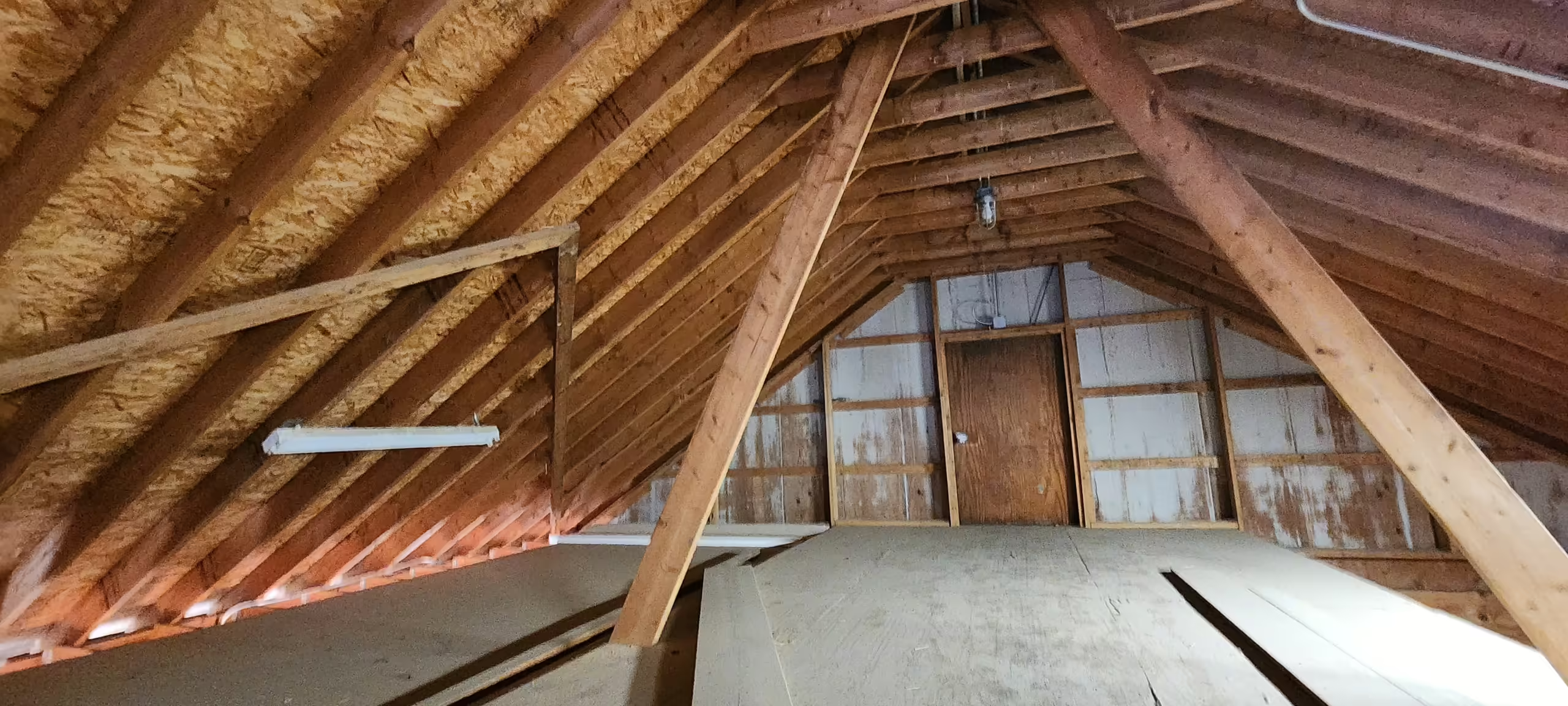 Attic Insulation Services
Attic Insulation Services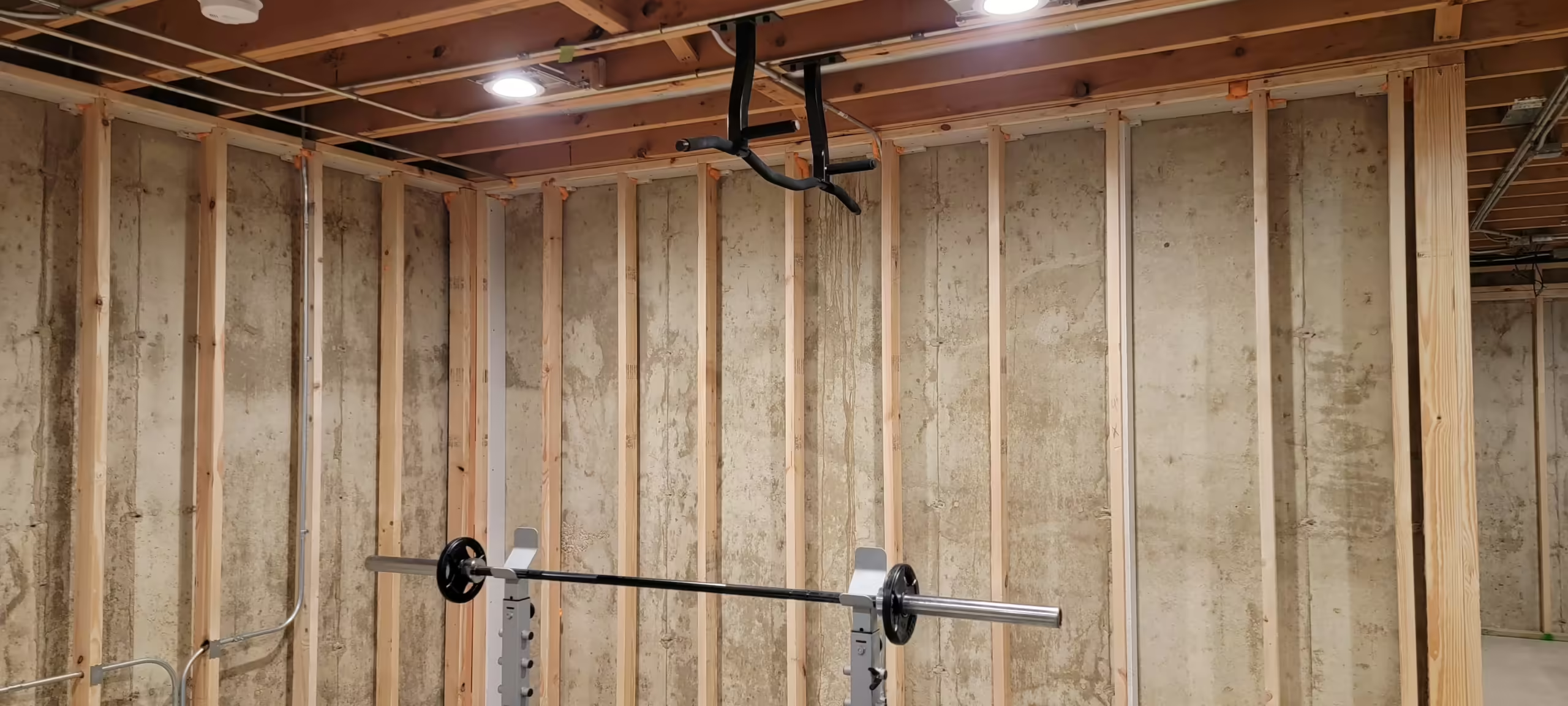 Basement Insulation
Basement Insulation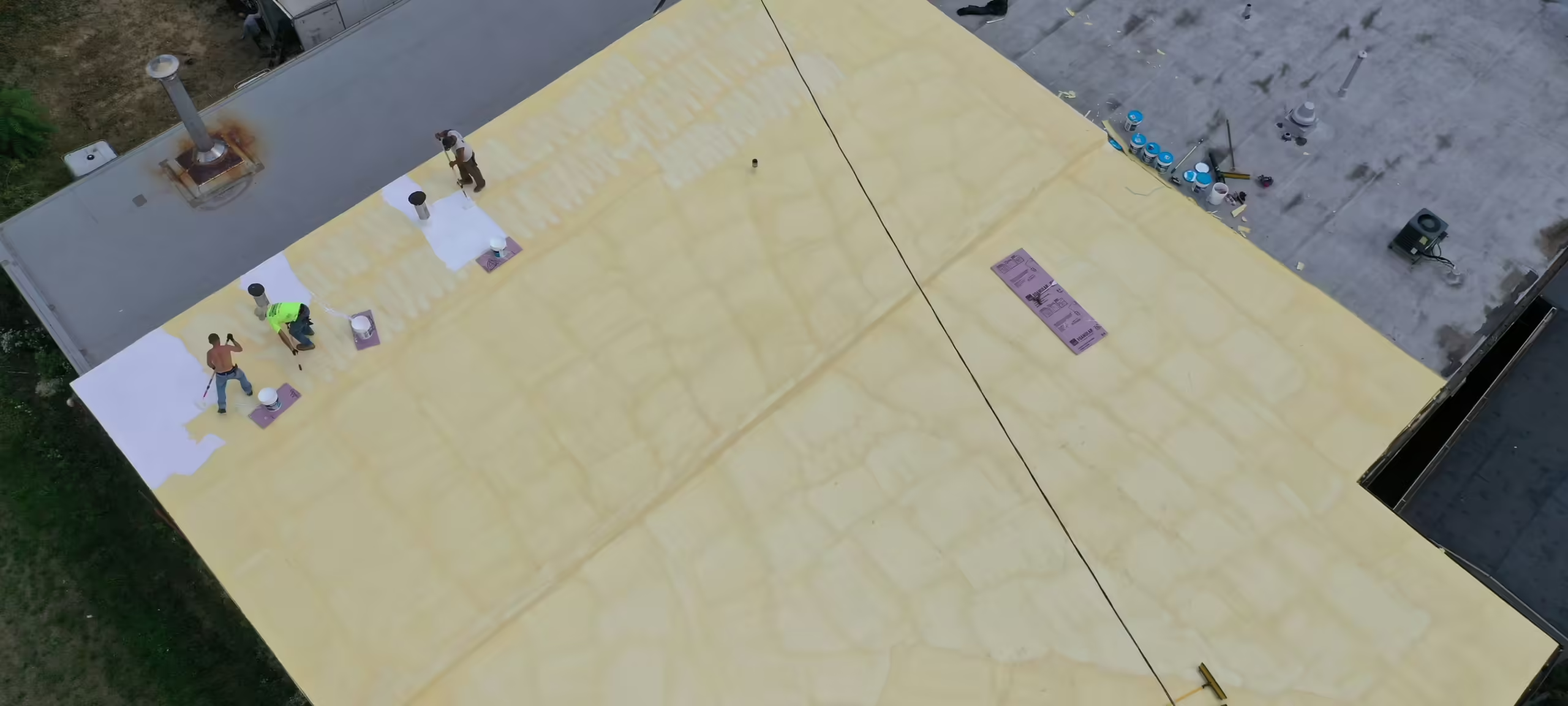 Commercial Insulation
Commercial Insulation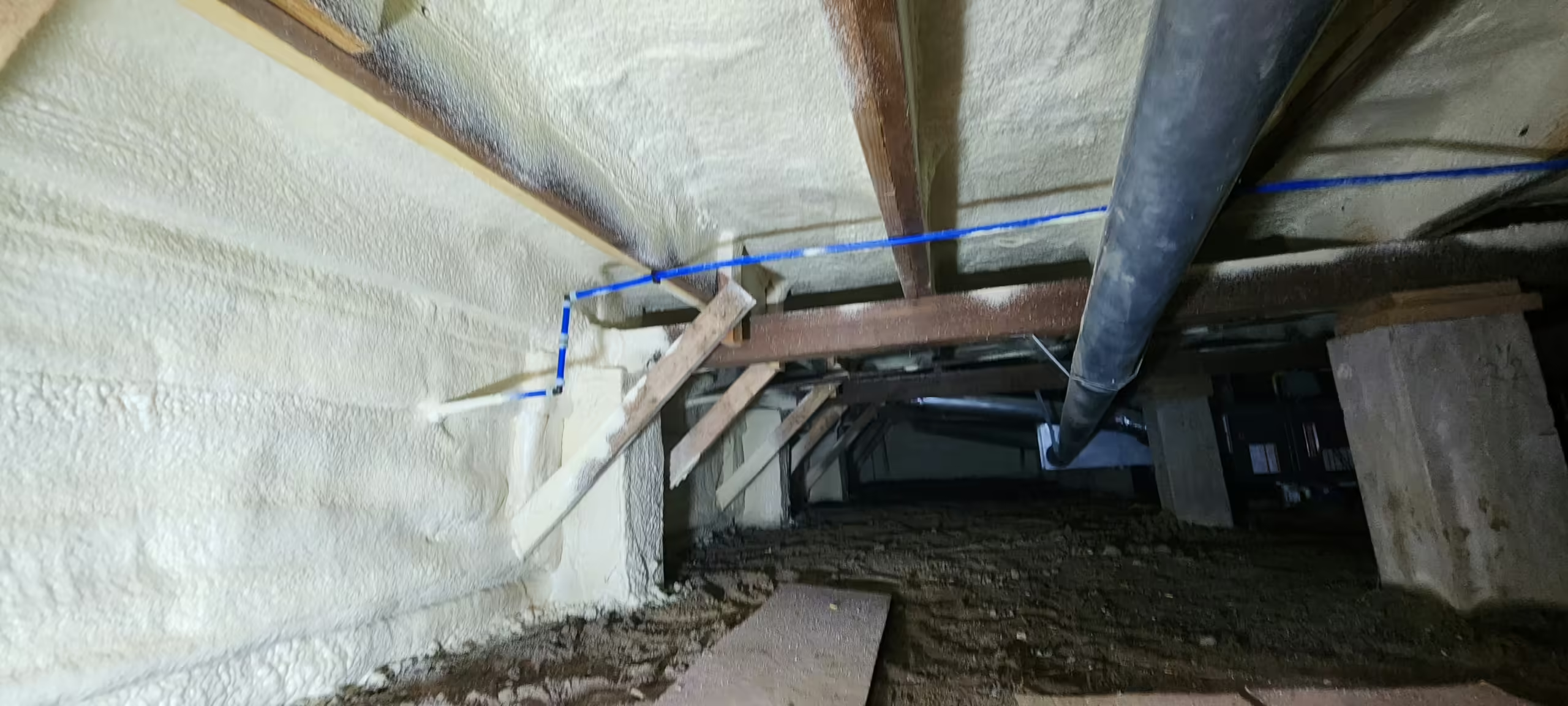 Crawl Space Insulation
Crawl Space Insulation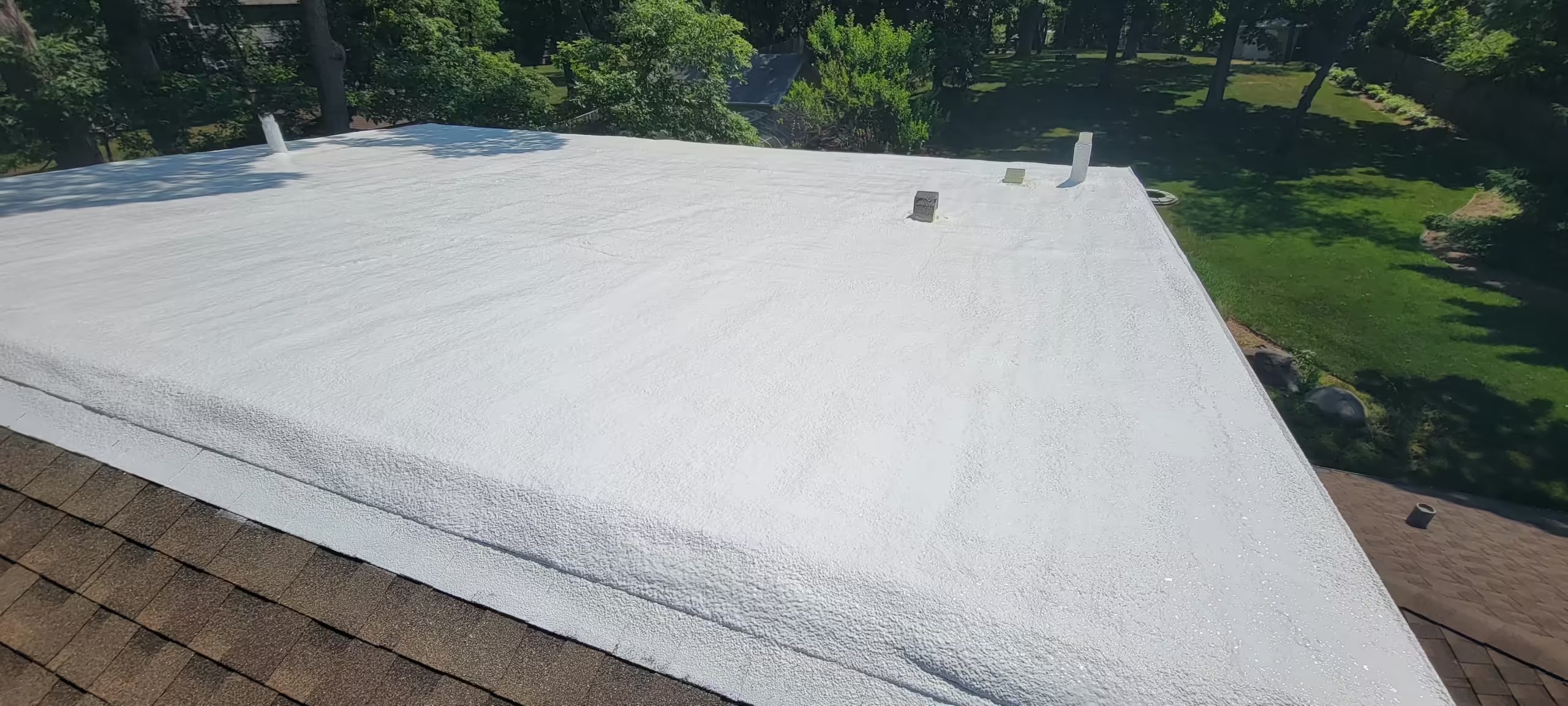 Exterior Wall Insulation
Exterior Wall Insulation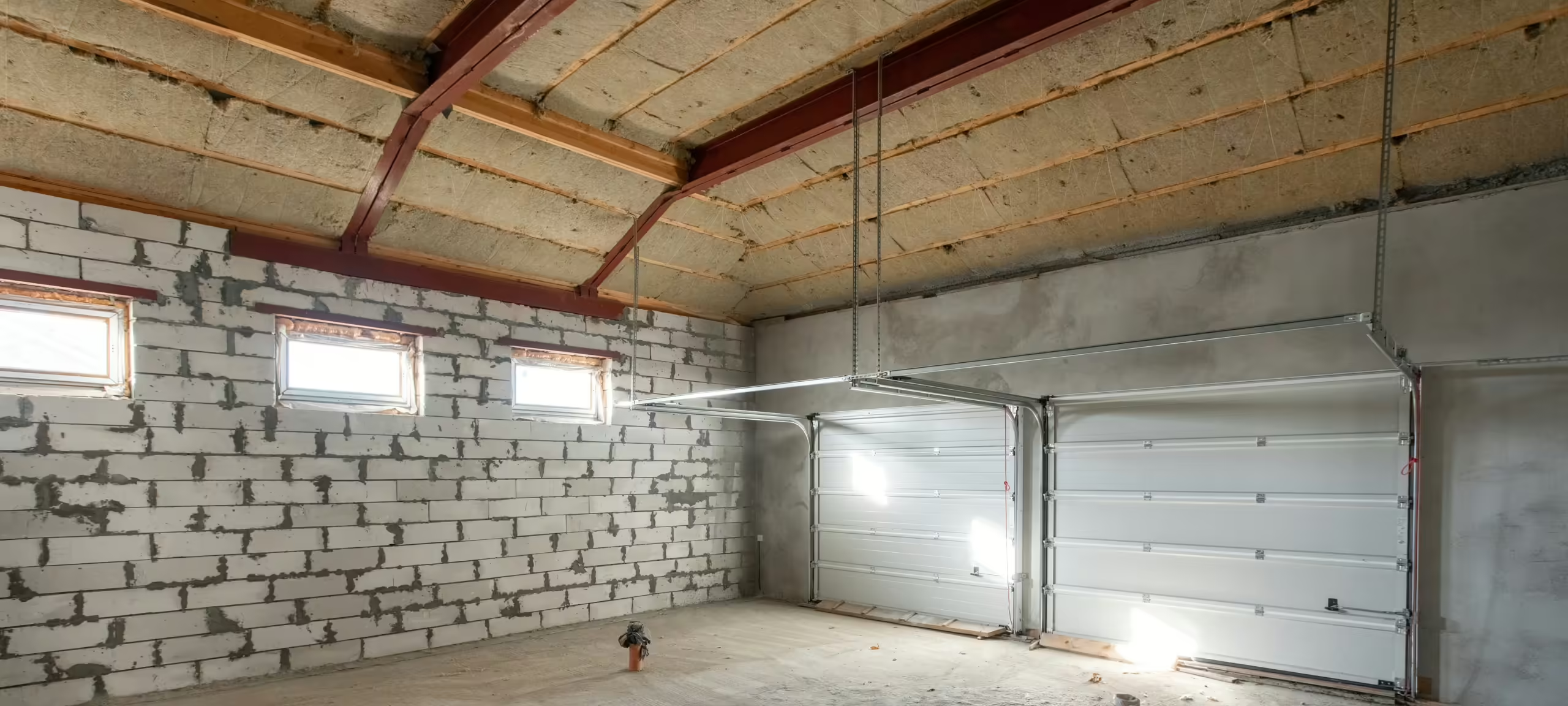 Garage Insulation
Garage Insulation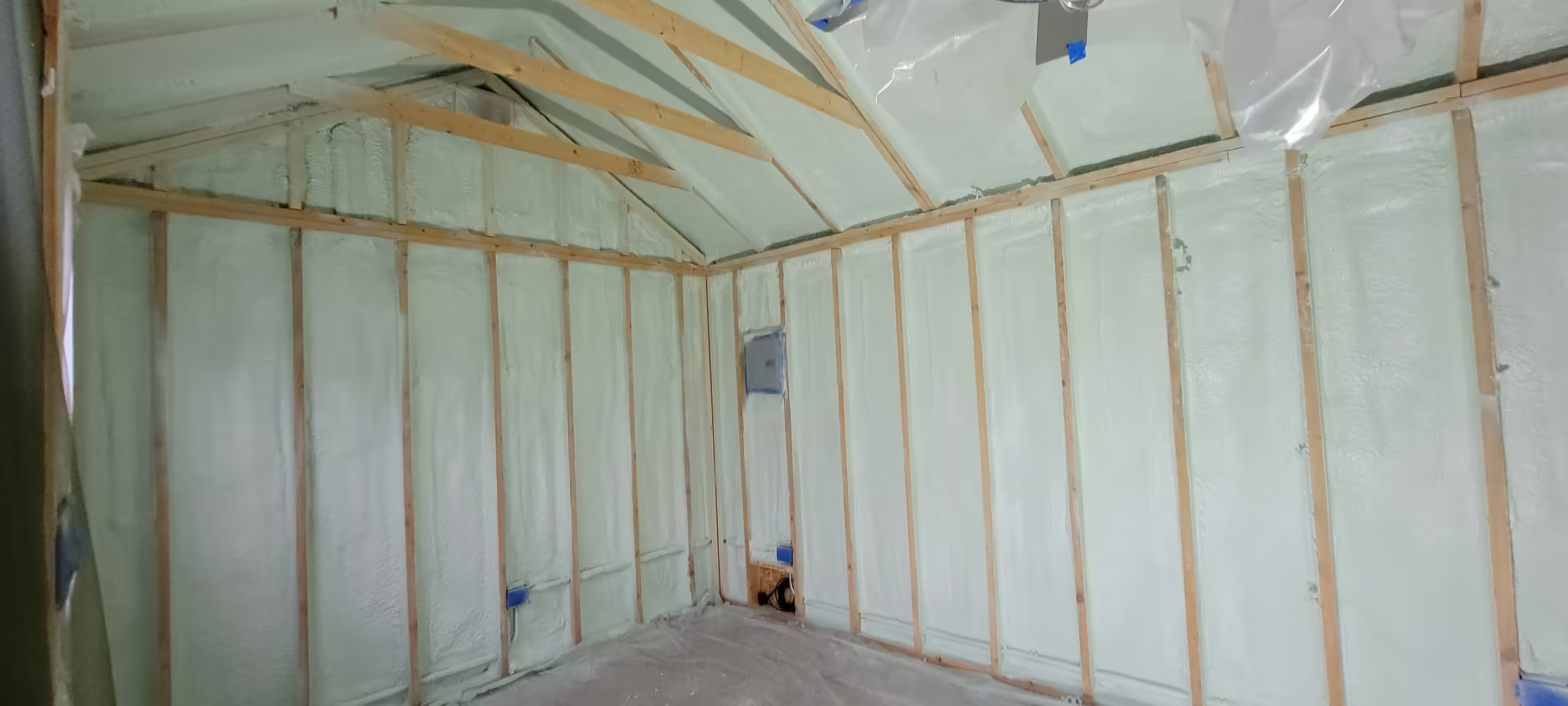 Interior Wall Insulation
Interior Wall Insulation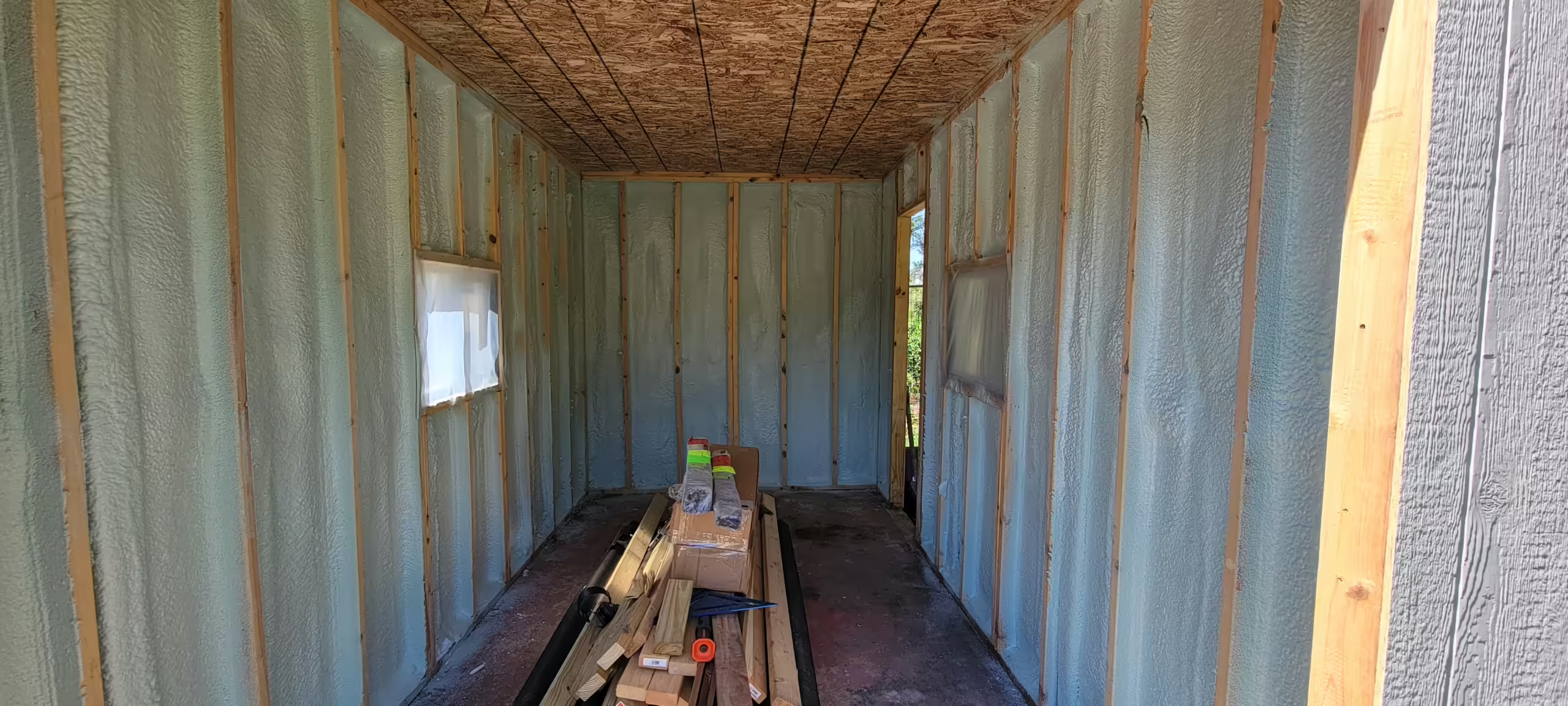 Shed Insulation
Shed Insulation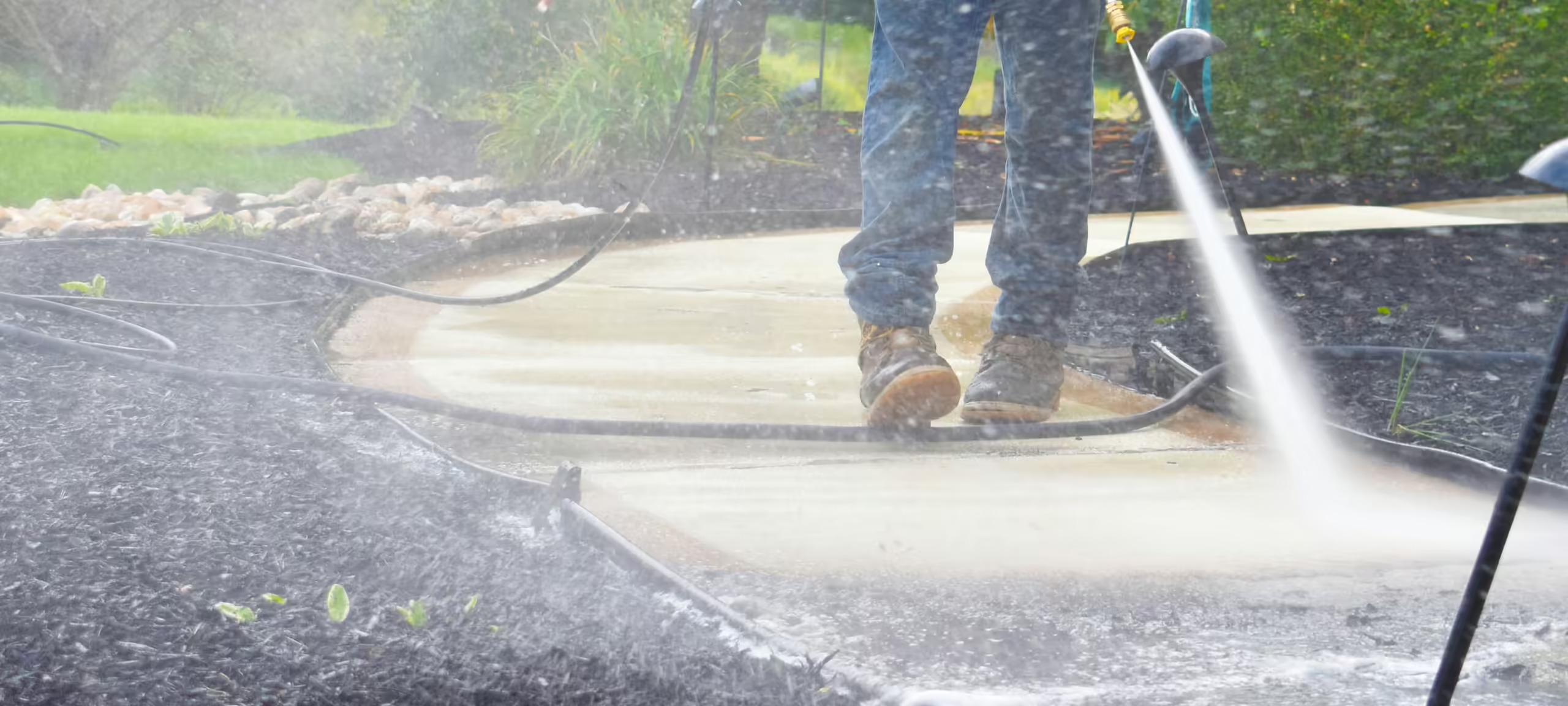 Power Washing
Power Washing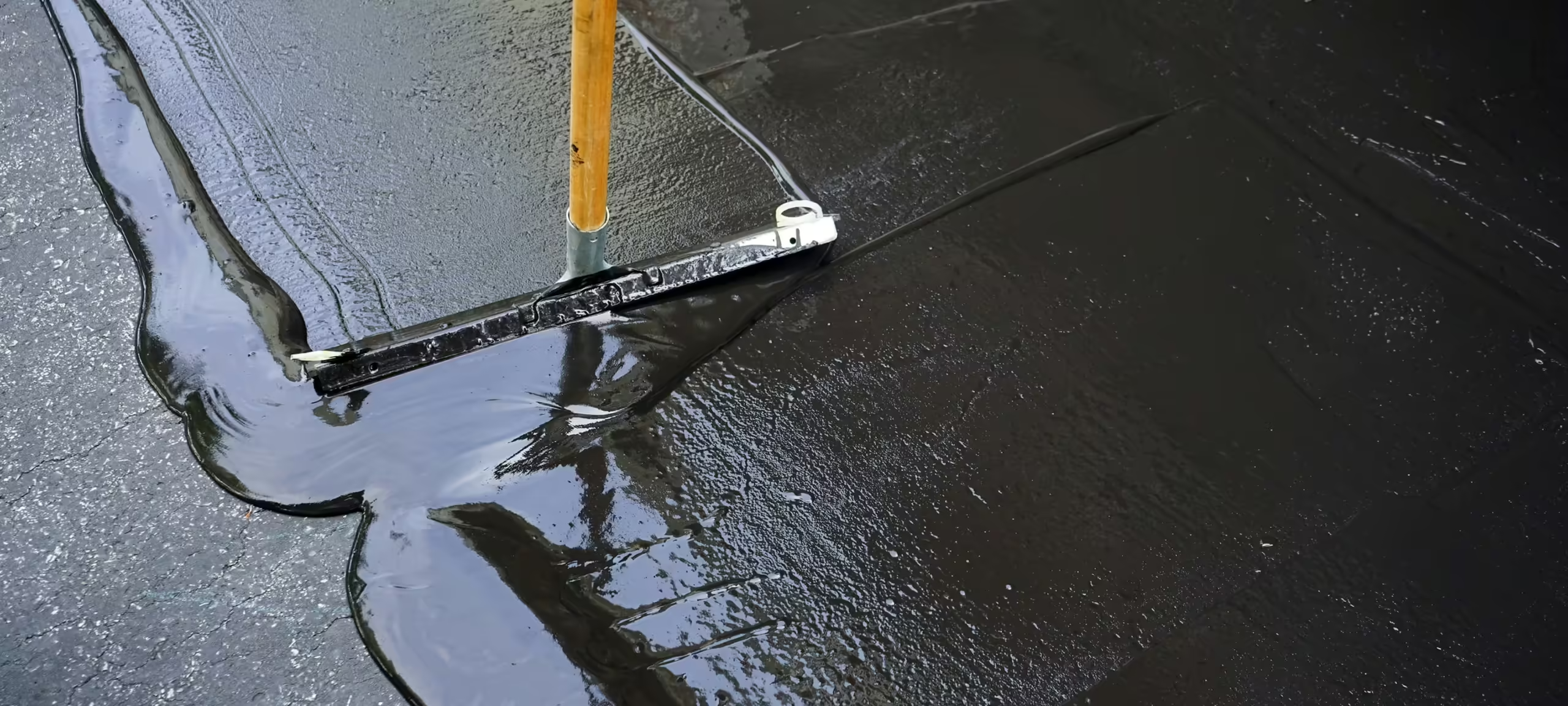 Sealcoating
Sealcoating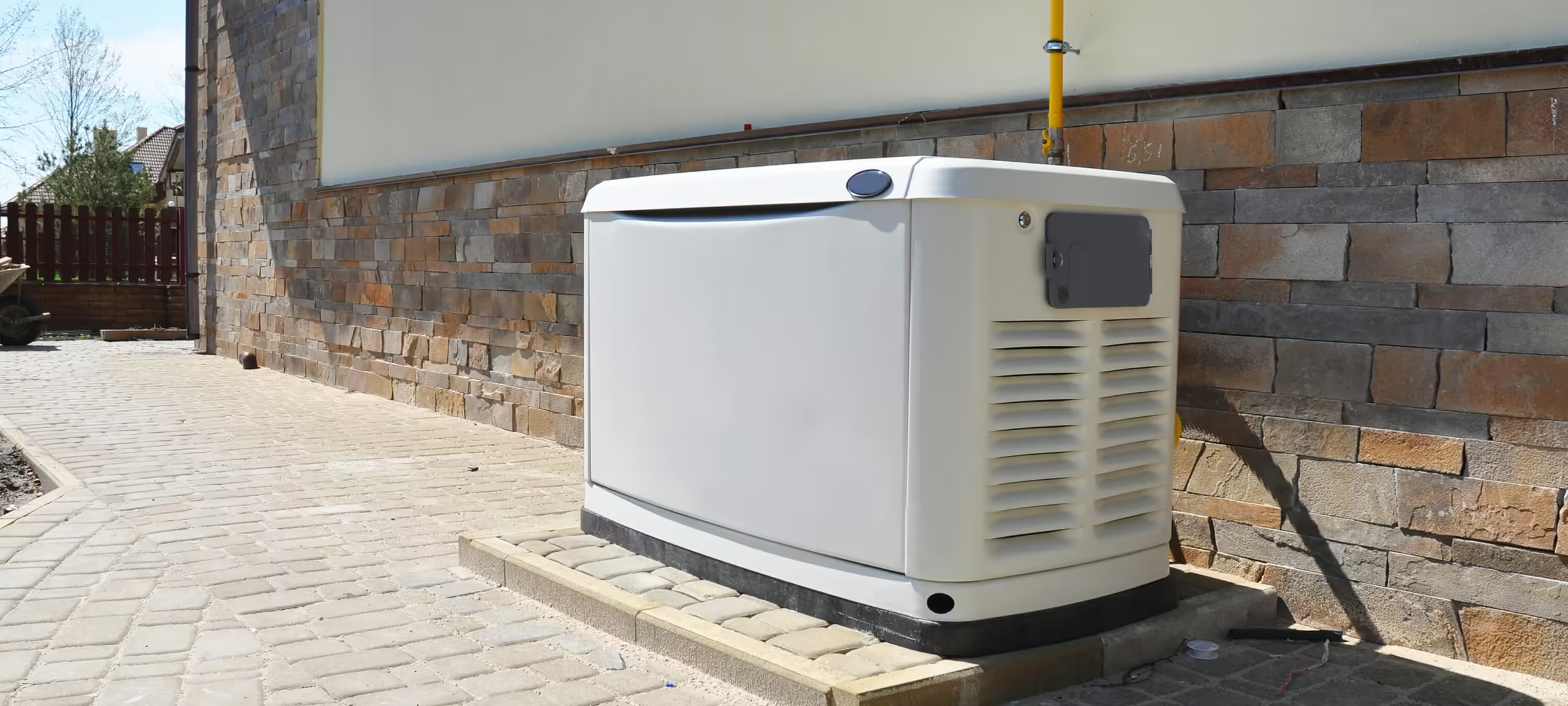 Backup Power Generators
Backup Power Generators Lake County Insulation
Lake County Insulation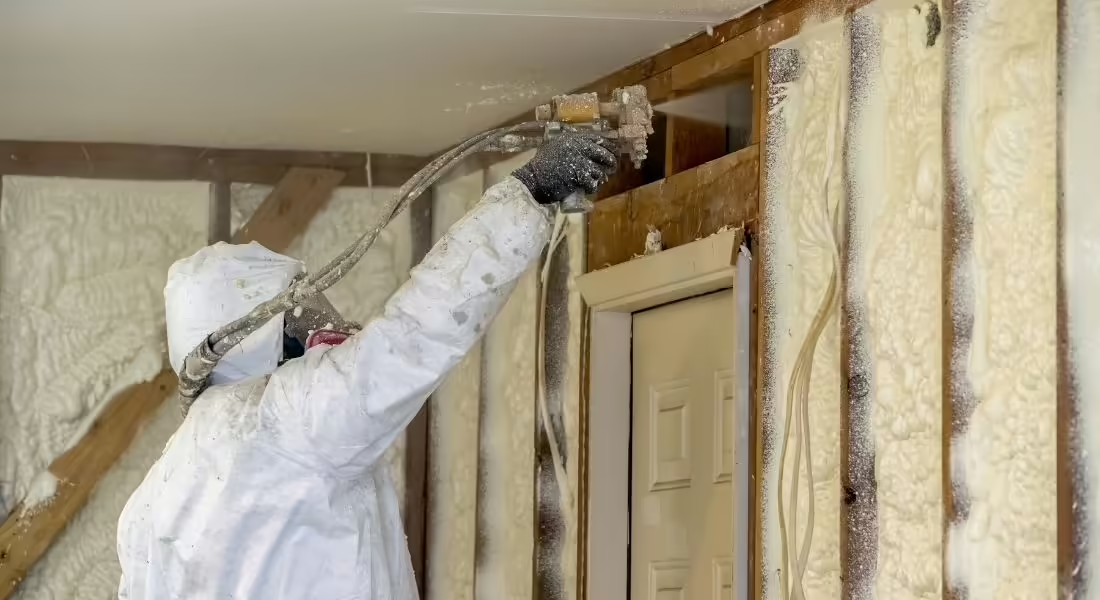 Spray Foam Insulation Guides
Spray Foam Insulation Guides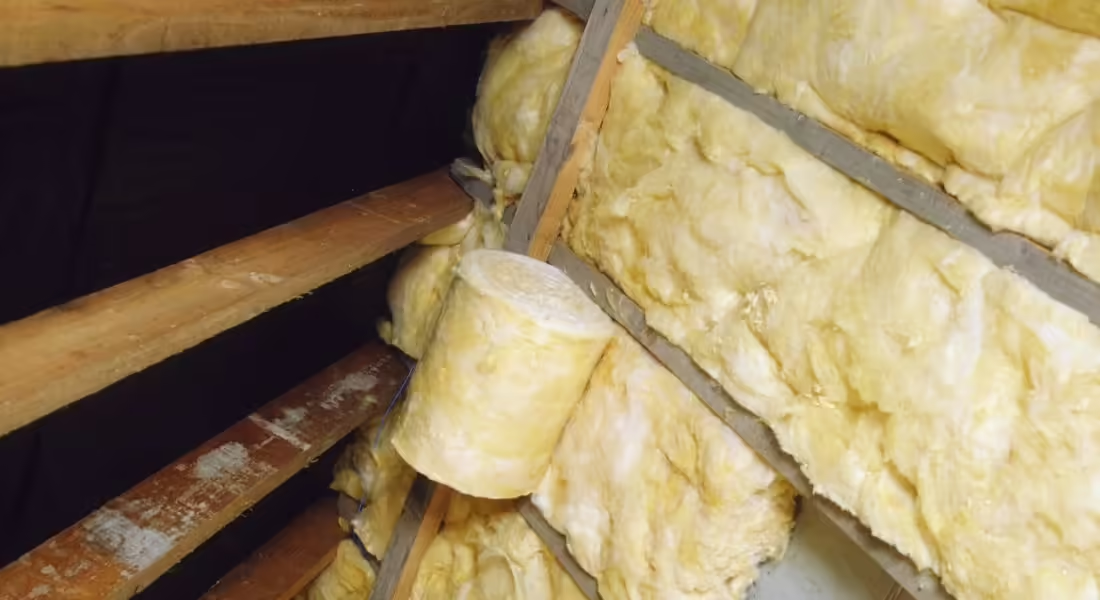 Insulation Guide
Insulation Guide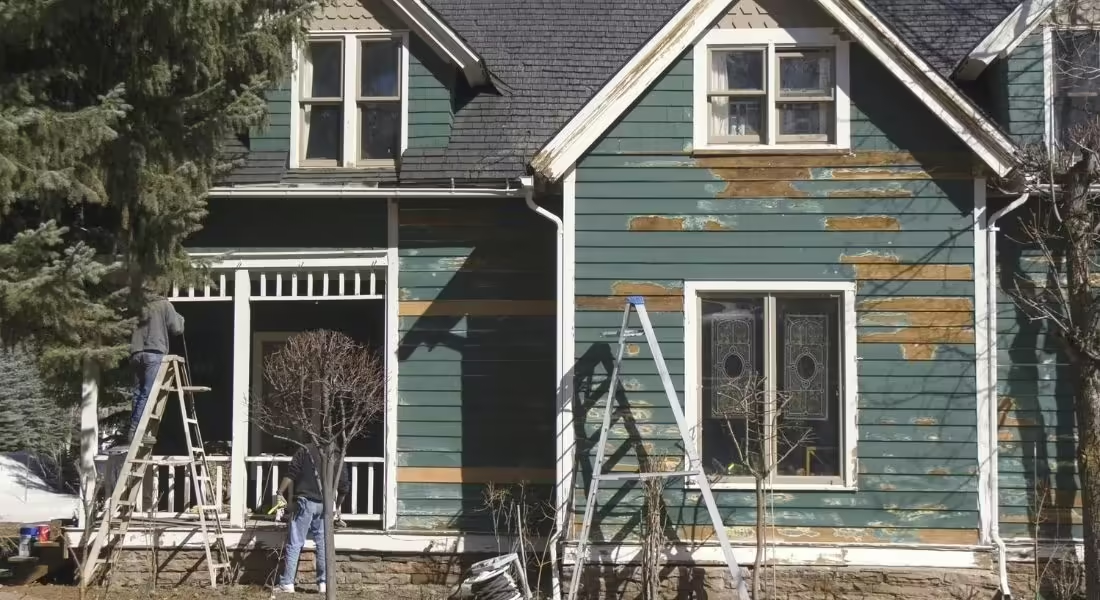 Home Improvement & Maintenance Guide
Home Improvement & Maintenance Guide